Mastering Contamination Control in Your Cleanroom
In the intricate world of cleanrooms, contamination control is paramount. This blog guides you through the essentials of maintaining a contamination-free environment – breaking down complex concepts with a pinch of simplicity and a dash of engaging conversation.
Understanding Contamination Control
Contamination control in cleanrooms begins with an understanding of what exactly we're up against. Contaminants can range from dust and particulates to microbial life forms like bacteria and viruses, all of which pose significant risks to cleanroom operations. The key to successful contamination control is not just identifying potential sources of contamination but understanding how they interact with the cleanroom environment. This understanding forms the foundation of any effective contamination control strategy, emphasizing the importance of continual learning and adaptation.
But how do these contaminants find their way into our sanctuaries of sterility? Often, they hitch a ride on the most common vector: humans. Our skin, breath, and even the clothes we wear can introduce unwanted guests into clean environments. Material transfer is another common culprit, with particulates clinging to the surfaces of anything we bring into the cleanroom. Recognizing these pathways is the first step toward implementing measures to mitigate their impact, such as gowning procedures, air showers, and effective material decontamination protocols.
The Critical Role of Cleanroom Design
The design of your cleanroom plays a crucial role in contamination control. It's not just about aesthetics or space utilization; it's about creating an environment inherently resistant to contamination. From the airflow patterns dictated by the placement of HEPA filters to the materials chosen for surfaces that minimize particle retention, each aspect of cleanroom design is a piece of the puzzle in contamination control. An effective design considers both the macro and microelements of the cleanroom, ensuring a harmonious balance that promotes cleanliness at every level.
Key Elements of Effective Contamination Control
Effective contamination control is built on several key pillars: environmental monitoring, personnel training, and equipment maintenance. Environmental monitoring allows cleanroom operators to maintain a constant vigilance over the conditions within the cleanroom, identifying trends that could indicate a breach in contamination control measures. Personnel training ensures that everyone entering the cleanroom understands the importance of contamination control and is equipped with the knowledge to maintain it. Finally, regular equipment maintenance and cleanliness are vital, as any malfunction or lapse in cleanliness can become a source of contamination.
Investing in high-quality cleanroom garments and cleaning supplies is another indispensable aspect of contamination control. Garments designed specifically for cleanroom use can greatly reduce human-borne contaminants, while specialized cleaning agents and equipment ensure that the cleanroom itself remains in pristine condition. It's a comprehensive approach, where even the smallest detail matters in the broader battle against contamination.
Best Practices for Cleanroom Operations
Implementing best practices for cleanroom operations is integral to maintaining a contamination-controlled environment. This includes established protocols like gowning and degowning procedures, regulated entry and exit processes, and stringent cleaning schedules. Periodic retraining sessions help keep personnel updated on the latest procedures and technologies, fostering a culture of continuous improvement and vigilance against contamination. Another key practice is the segregation of operations to minimize cross-contamination risks, ensuring that areas with differing cleanliness requirements do not inadvertently compromise each other.
Emerging Technologies in Cleanroom Contamination Control
As technological advances continue to permeate every aspect of our lives, cleanroom operations are no exception. Emerging technologies in contamination control offer exciting opportunities for enhancing cleanroom environments. Innovations like advanced air filtration systems, antimicrobial surfaces, and automated cleaning robots stand at the forefront of this evolution, promising to raise the standards of cleanliness and efficiency. These technologies also offer the potential to minimize human intervention in cleanrooms, reducing one of the primary sources of contamination.
Creating a Culture of Continuous Improvement
A key component of mastering contamination control in your cleanroom is fostering a culture of continuous improvement. This means not settling for the status quo but always looking for ways to enhance cleanliness and efficiency. Engaging with cleanroom staff, gathering feedback, and being open to new ideas and innovations can drive this culture. It creates a dynamic environment where the focus is not just on meeting the minimum standards, but on exceeding them, ensuring that your cleanroom operations are as effective and contamination-free as possible.
Cultivating Excellence in Contamination Control
Mastering contamination control in your cleanroom isn't just about following rules; it's about cultivating an environment where precision and care are intrinsic to the workflow. With the right practices, tools, and mindset, ensuring a contamination-free cleanroom becomes an achievable goal. Remember, every small step taken towards better contamination control is a giant leap towards operational excellence and product integrity.
For help with managing your contamination control needs please contact CleanAir Solutions, Inc. at (707) 864-9499, or by email to Sales@CleanroomSpecialists.com. You can browse the website for more information at www.CleanRoomSpecialists.com

